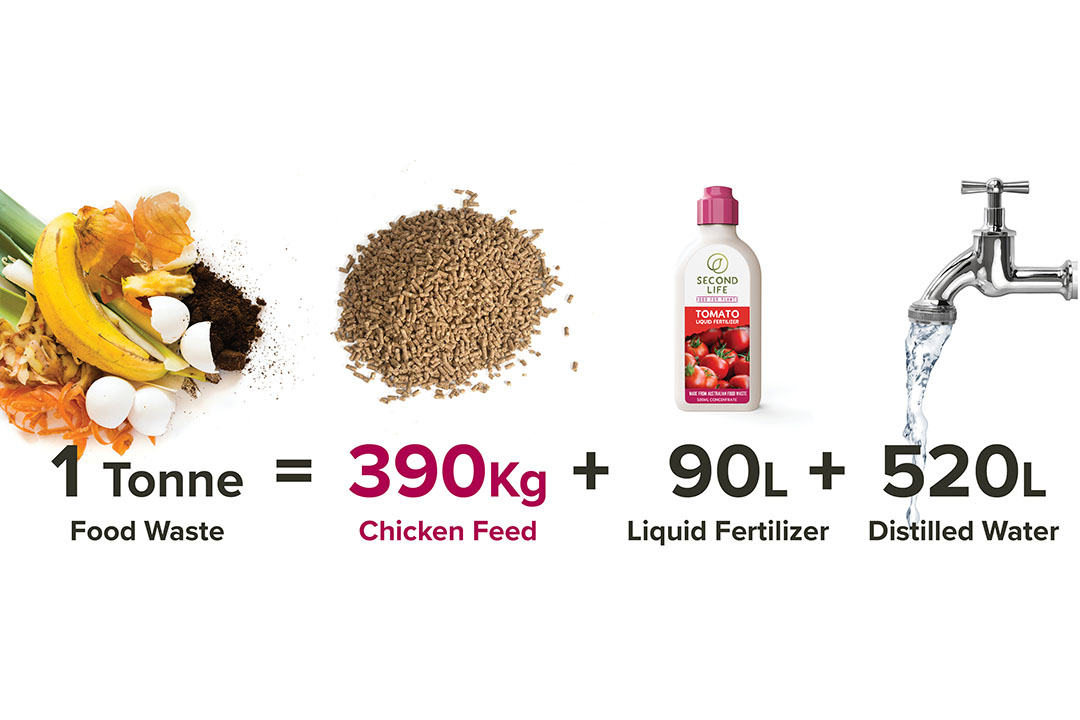Converting food waste into poultry feed

Food Recycle is an Australian start-up tackling the global problem of food waste by converting it into poultry feed. Poultry World reports.
According to CEO of Food Recycle, Norm Boyle, 30% of all food that is produced is never consumed. So, the idea is to take that waste and convert it into valuable products such as poultry feed and liquid fertiliser. “This is a global problem. There is food waste everywhere, and there are chickens everywhere,” says Boyle.
The Australian chicken meat and egg industries are largely independent industries that compete for feedstuff ingredients. The Australian chicken meat industry produces over 664 million broiler chickens per annum, consuming some 3 million tonnes of feed. The egg industry has approximately 27 million hens, consuming about 850,000 tonnes of feed annually, and producing in excess of 516 million dozen eggs per annum.
It is projected by The Centre for International Economics that Australia will need to produce over twice the number of chickens by 2050. Boyle urges us to ask ourselves where we are going to get the feed to feed the animals that feed us. “We have to get smarter about it. If we collected all the food waste in the world we couldn’t produce enough poultry feed.”
The Food Recycle process to poultry feed
Food Recycle is now commercialising their patented and patent-pending technology. The first step of the Food Recycle process is heat treatment using direct steam to kill the microbes. The next step is maceration and de-watering followed by dehydration and then accumulation and blending. Finally, pelletising. The Food Recycle process, which uses the food waste for its original purpose, just further down the food chain, is a sustainable solution, both environmentally and economically.
Furthermore, the process is extremely clean, with minimal emissions of any type and has only 2 by-products, namely liquid fertilizer, which adds another revenue stream to the facility, and pure water, which can be used for growing new food.











